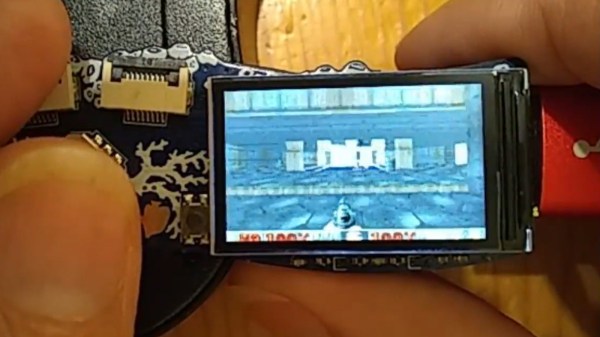If it’s got a chip and a screen, someone’s trying to run DOOM on it. The latest entry in this fad is from [Phil Ashby], who figured out how to get the game running on the EMFCamp Tidal Badge as seamlessly as possible.
The badge is based on the ESP32-S3. It’s the latest version of the ESP32, which can run the iconic shooter pretty easily. However, [Phil] set himself a trickier challenge. He wanted to port DOOM to the badge while having it remain compatible with the MicroPython platform already on it. Plus, he wanted to be able to distribute it easily with the TiDAL Hatchery, a platform for sharing apps for the badge.
In the end, it took some deft hacking to make the game run on a microcontroller platform that isn’t really set up for running “applications.” It took some tricks to scale the video output and get the colors right, of course, but it’s there and working.
The state of the art is now so advanced that they managed to port DOOM into DOOM so you can DOOM while you DOOM. Video after the break.















